! We are in the heat of July, and while I don't always love the humidity, I love the weather and food. That makes this a great time to forage if you are okay with getting your hands dirty. This is a partial list based on what I can find in the northeast, so your mileage may vary. So if you're interested, here's what to forage in July.
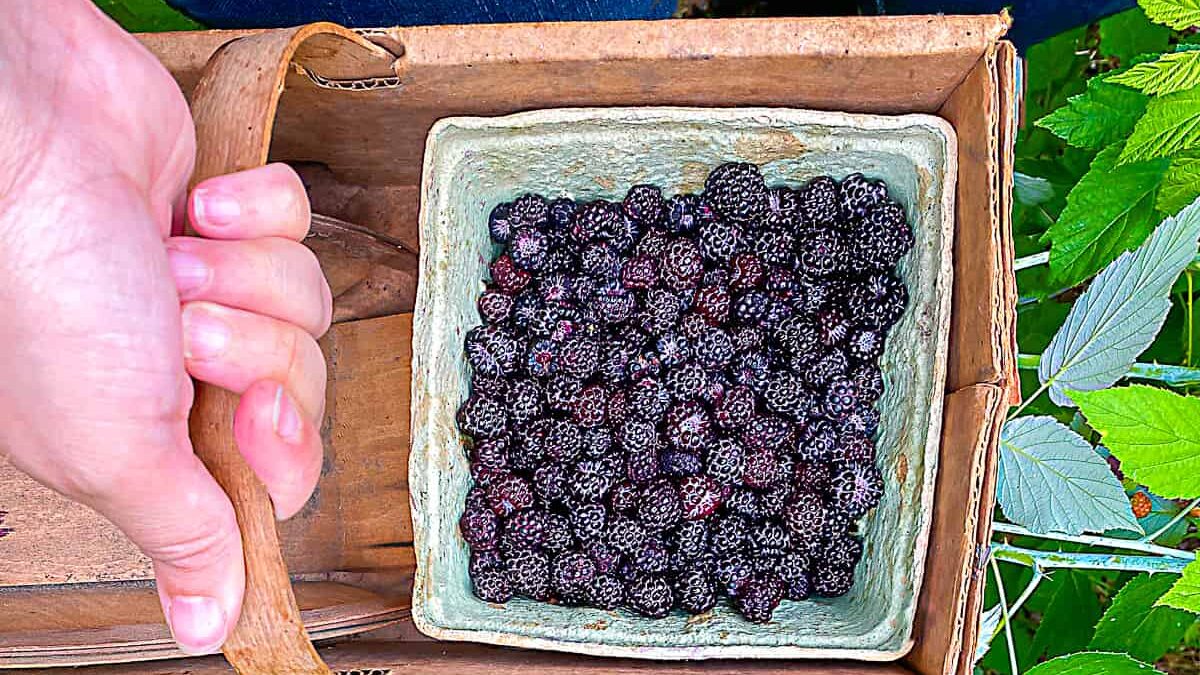
Raspberries: A sweet and juicy berry that ripens in early summer and grows along the edges of fields, woods, and roadsides. Look for plump, red berries that easily come off the stem.
Elderflowers: A fragrant flower that blooms in early summer and can be found in meadows, streams, and woodlands. Look for white, umbrella-shaped clusters of flowers with a sweet, floral scent.

Mints: A cooling and refreshing herb found in damp areas, along streams, and in meadows. Look for leaves that are green, fragrant, and commonly used for teas and desserts.
Learn More: How to Dry Mint
Mullein: A tall, fuzzy plant with yellow flowers in the summer and can be found in disturbed areas, fields, and roadsides. Look for its unique fuzzy leaves and tall stalks often used in teas and remedies.

Blackberries: Similar to raspberries, blackberries are a juicy and sweet berry that ripens later in the summer and can be found along trails, roadsides, and fields. Look for shiny black berries that easily come off the stem.
Learn More: Simple Blackberry Recipes
Purslane

Purslane is an edible and nutritious plant near gardens and cultivated fields. It has succulent leaves and stems and a slightly sour, lemony flavor. The leaves are can eaten raw in salads or cooked like spinach.
Learn more: Foraging for Purslane
Yarrow: A feathery and fern-like plant with clusters of most commonly small white in summer, found in fields, meadows, and along roadsides. Look for its fern-like leaves and clusters of white or pink flowers when in bloom.
Pine needles: Evergreen needles used for teas and remedies can be found throughout the year. Look for long and green needles that often emit a pine scent and can be brewed into tea.
St. John's Wort: A sunny yellow flower that blooms mid-summer and can be found in fields, meadows, and roadsides. Look for yellow petals and small black dots on the flower head.

Lambsquarter: A leafy green found in gardens, fields, and along roadsides is commonly used as a salad green or cooked like spinach. Look for its diamond-shaped leaves with a whitish coating.
A Word about Foraging

These plants are not grown in gardens or intentionally cultivated for people to consume, so their edibility cannot be guaranteed. Just because they grow wild doesn't mean they're safe to eat, and you should know your poisonous plants and the edible ones. I have never been sick from eating anything I've found in the wild, but I can't say the same for everyone. Be careful, and consult an expert if you have any doubts about what you find.
Learn more: Deadly Plants to Avoid while Foraging

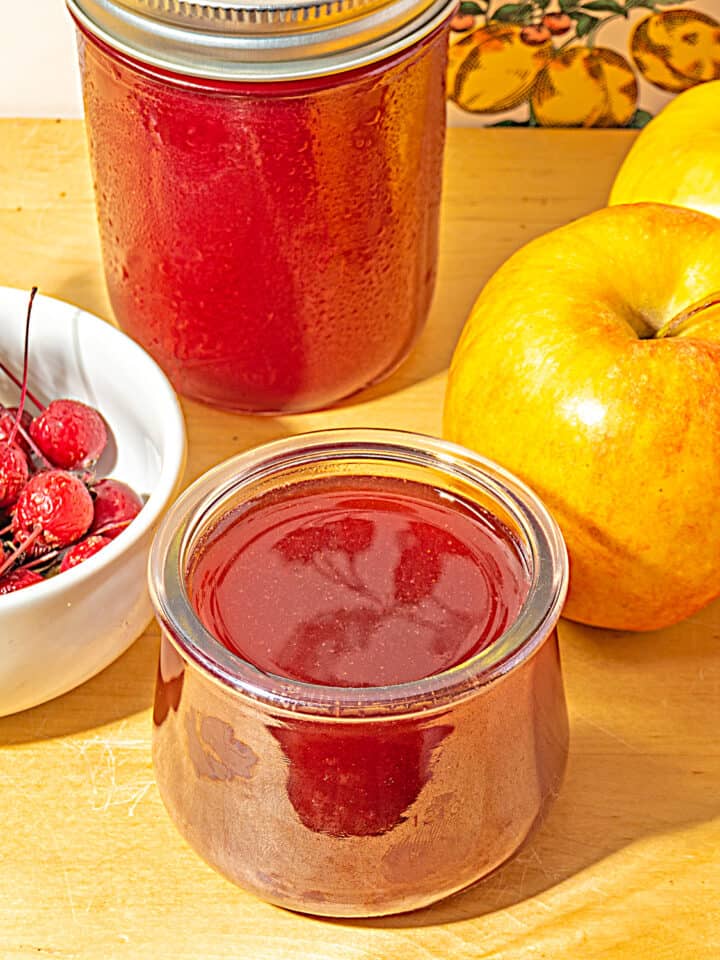
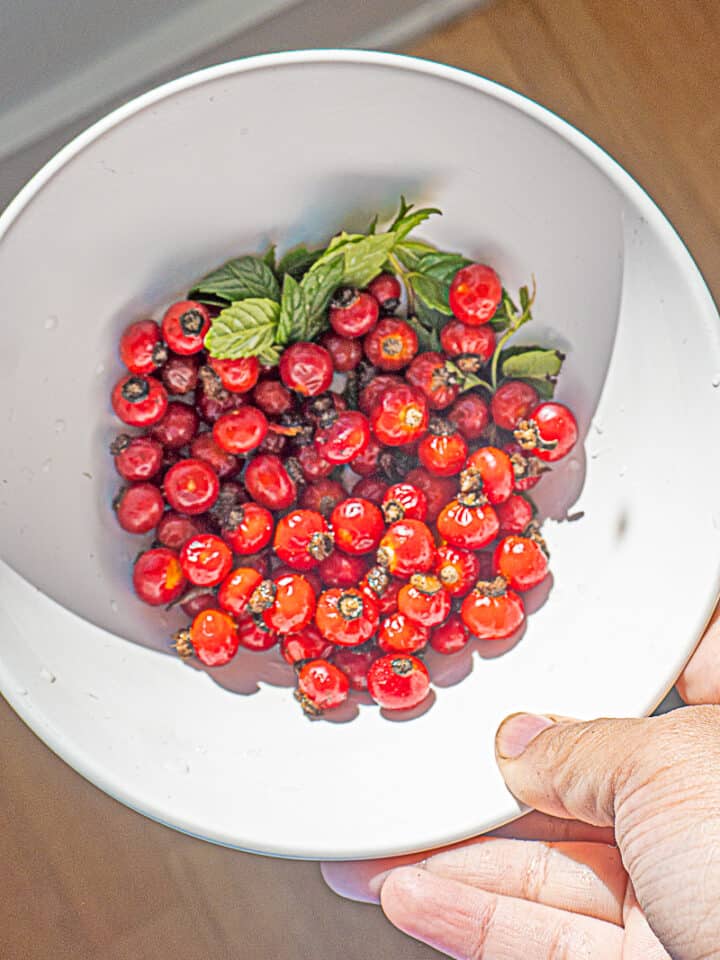
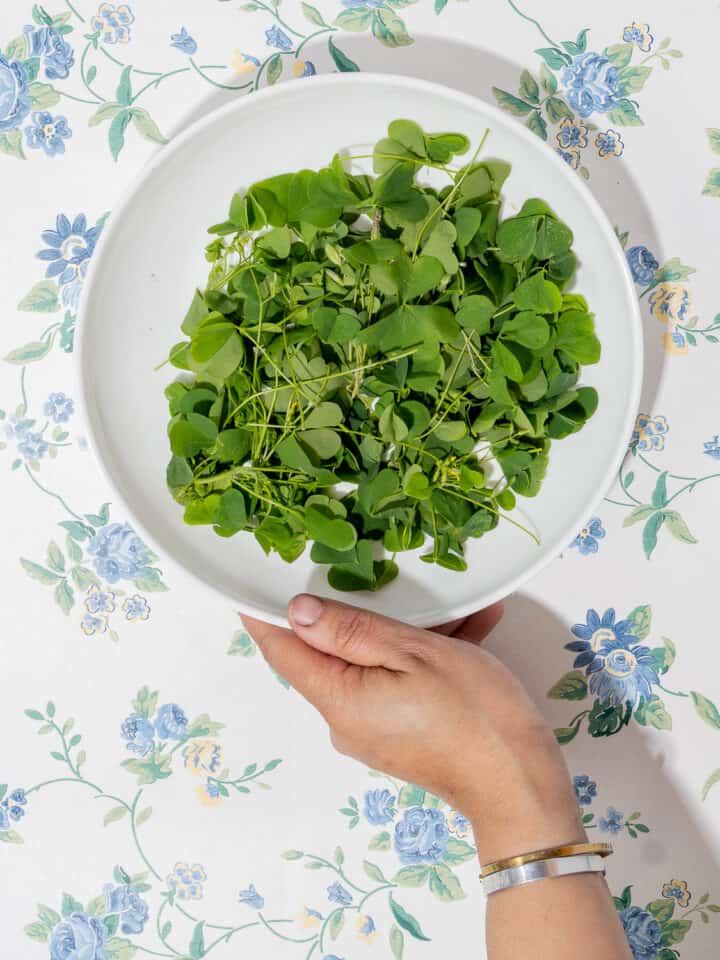
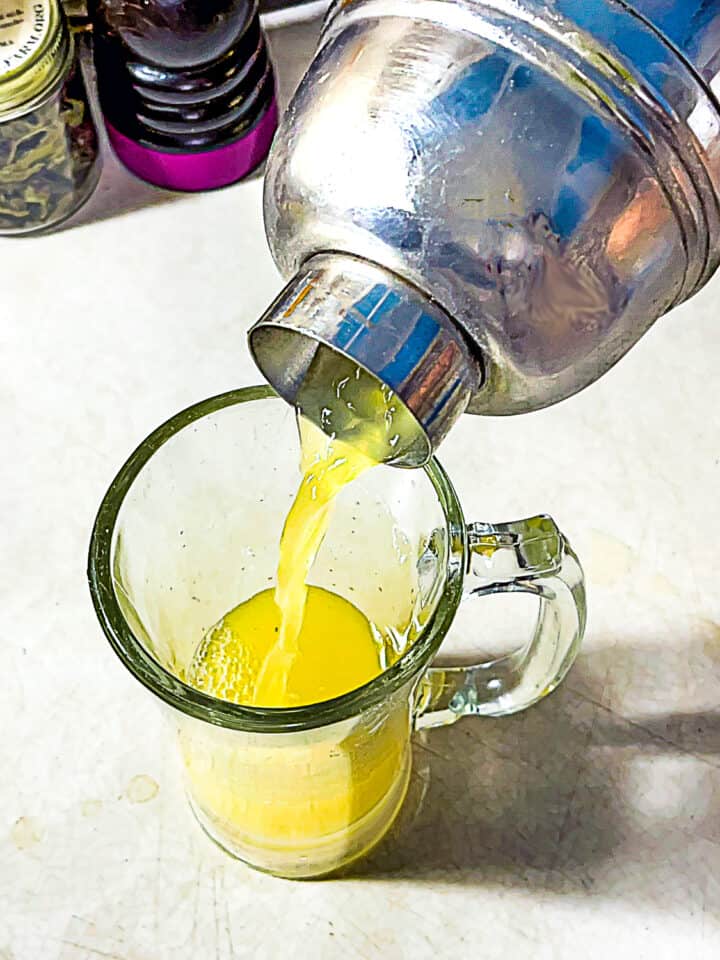

Comments
No Comments